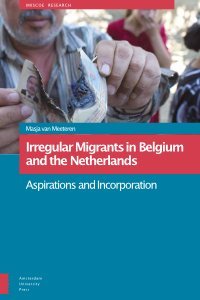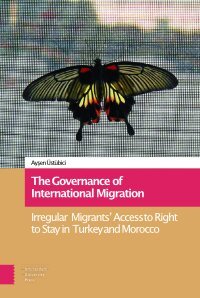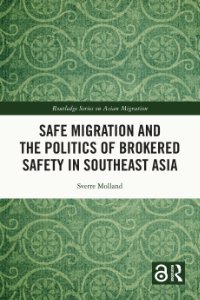By Jussi S. Jauhiainen and Miriam Tedeschi
This open access monograph provides an overview of the everyday lives of undocumented migrants, thereby focusing on housing, employment, social networks, healthcare, migration trajectories as well as their use of the internet and social media. Although the book’s empirical focus is Finland, the themes connect the latter to broader geographical scales, reaching from global migration issues to the EU asylum policies, including in the post-2015 situations and during the COVID-19 pandemic, as well as from national, political, and societal issues regarding undocumented migrants to the local challenges, opportunities, and practices in municipalities and communities. The book investigates how one becomes an undocumented migrant, sometimes by failing the asylum process. The book also discusses research ethics and provides practical guidelines and reflects on how to conduct quantitative, qualitative, and mixed methods research about undocumented migrants. Finally, the book addresses emerging research topics regarding undocumented migrants.
Cham: Springer Nature, 2021. 190p.





















